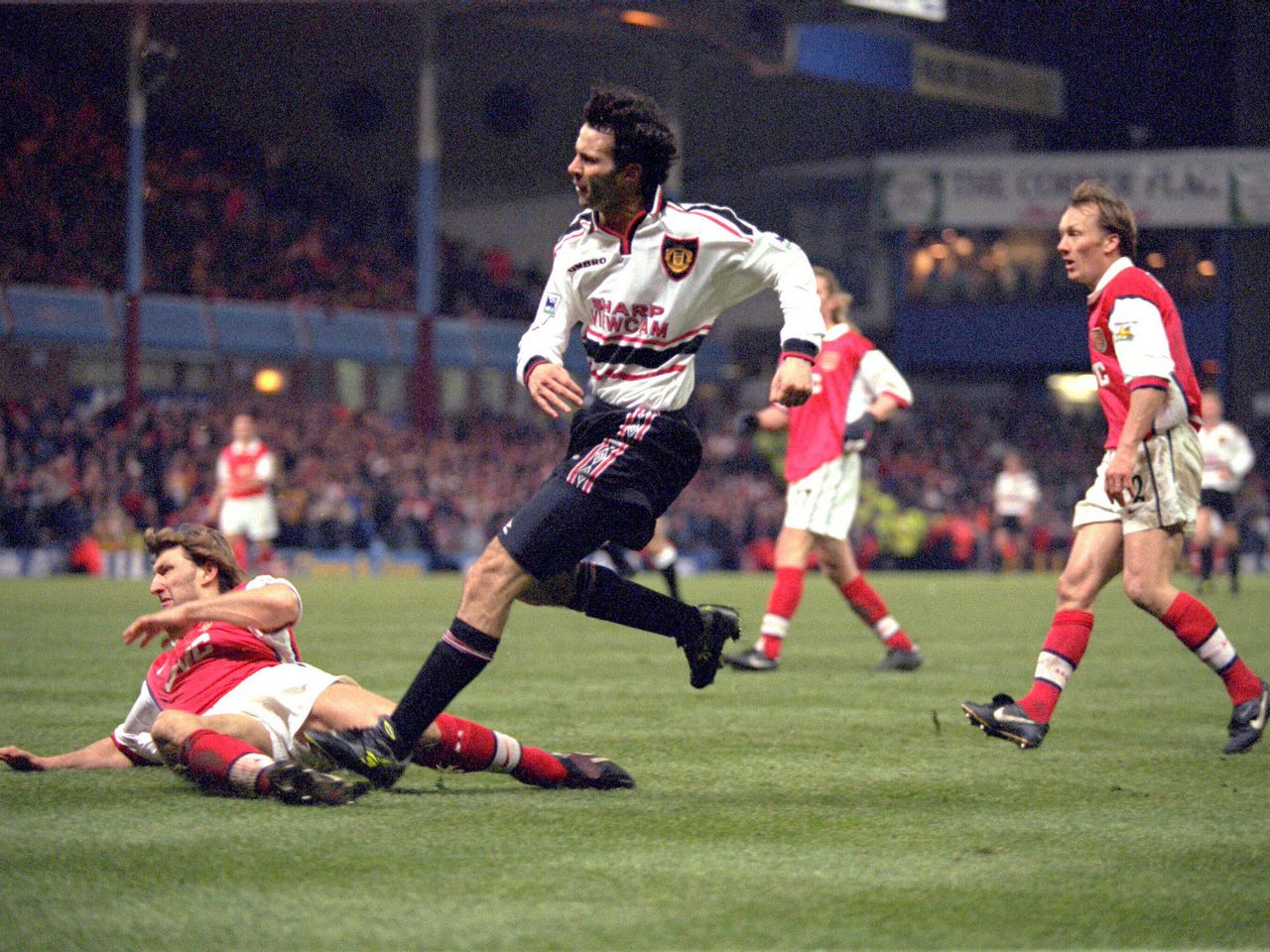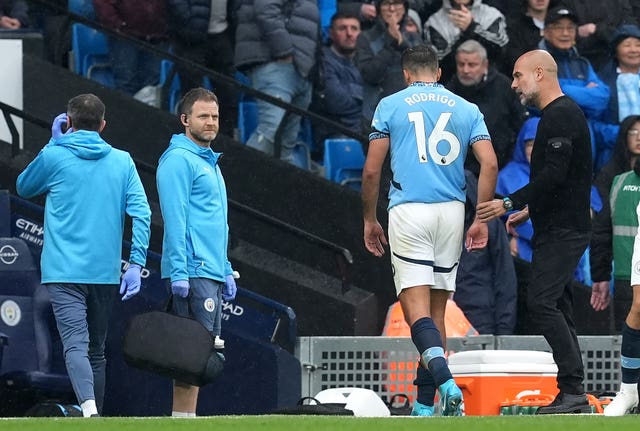The Evolution of the Traditional Winger
How the Role has Changed

There was a time when the winger’s job was very straightforward, stay wide, beat your full-back, and deliver a cross to the striker. The image of a player flying down the flanks is one of football’s most familiar pictures. It represented freedom and flair, the purest form of attacking play.
That image still carries nostalgia, but modern football has moved on. Today, the wide role is one of the most tactically demanding on the pitch. A player must be able to score, assist, press, and defend with equal focus. Systems are tighter, space is smaller, and every movement is calculated.
The traditional winger, right footer on the right, left footer on the left, the one whose only duty was to create and cross, is mostly gone from elite football. Yet the need for pace, width, and unpredictability has never been greater. The wide role has not disappeared; it has evolved into a multi-purpose position where intelligence and versatility matter as much as speed.
In older systems like the 4-4-2 and early 4-3-3, the winger’s role was clearly defined. Their job was to stretch the pitch, isolate the full-back, and deliver crosses for the centre-forward. Players like Ryan Giggs and Marc Overmars built careers on it. They provided constant width, direct running, and service into the box. It was a straightforward but vital function.
Modern wingers operate in a completely different landscape. The rise of compact midfields and advanced full-backs has forced them to adapt. They must now balance two jobs, staying wide to stretch play and drifting inside to link with midfielders or create goal-scoring chances. Depending on the phase of play, they can act as creators, scorers, or even auxiliary midfielders.
Cristiano Ronaldo’s career captures this transition perfectly. At Manchester United, he started as a flashy traditional winger, all stepovers, pace, and crosses. By the time he reached Real Madrid, he had transformed into an inside forward, cutting inside from the left to become one of football’s most prolific scorers. His evolution marked a shift in how wide players were judged, no longer just by assists or dribbles, but by goals too.
The modern winger also has a new defensive responsibility. They are often the first line of pressure, expected to close down full backs, block passing lanes, and track back when possession is lost. Work rate and positional awareness are now almost as important as creativity. The role has become a full-spectrum task, demanding tactical intelligence in both attack and defence.
One of the biggest shifts in modern football has been the rise of the inverted winger, a right-footed player on the left and a left-footed player on the right. This change turned the position from a creative role into a direct goal threat. Instead of just running wide and crossing, the modern winger cuts inside to shoot or combine centrally.
Arjen Robben set the standard for this style. Defenders knew exactly what he wanted to do, yet few could stop it. Mohamed Salah later perfected the role for Liverpool, using the same movement from the opposite side. The aim is simple: attack the most dangerous zone on the pitch, the space between centre-back and full-back, and finish on the stronger foot.
Pep Guardiola’s teams made this idea central to their structure. His Barcelona sides used Lionel Messi and Pedro to pull defences inside, while at Manchester City, wide forwards like Riyad Mahrez and Raheem Sterling cut infield as full-backs pushed wide to stretch the play. The system creates central overloads, forces opponents into narrow defensive shapes, and opens space for runners on the outside.
From there came the rise of the inside forward, a player who behaves more like a striker than a winger. Sadio Mané’s role at Liverpool and Cristiano Ronaldo at Madrid showed how this works. He started wide but constantly made diagonal runs into the box to finish chances. In modern football, the wide attacker is often the team’s primary scorer, not its supplier and most number 9s in this system acted as facilitators rather than being the team’s focal point, like Firmino at Liverpool. The position’s purpose has completely shifted, instead of majorly creating chances for others, the winger now has the chances himself.
The decline of the classic winger has clear tactical and statistical roots. The first major change came from the evolution of the full-back. Modern full-backs such as Trent Alexander-Arnold, Dani Carvajal, and Theo Hernández now provide the width that wingers once offered. Their advanced positions allow wide attackers to move inside, forming compact attacking units closer to goal.
The second factor is efficiency. Analytics have changed how managers think about chance creation. Data from expected goals (xG) models show that traditional crosses produce low-probability shots, while cutbacks or central combinations lead to higher-quality chances. As a result, coaches now design attacks that favour through balls, one-twos, and short combinations over hopeful crosses.
Defensive systems have also adapted. Teams defend in narrow blocks to protect central areas, meaning a predictable touchline cross is easy to deal with. But when a winger drifts into the half-space, defenders are pulled out of shape, opening gaps between lines. The threat has moved from the outside to the inside.
Finally, the role has become one of balance and variety. Players like Bukayo Saka and Vinícius Júnior show that width and direct dribbling are still valuable, but only when combined with finishing and defensive work. They represent the modern hybrid, wingers who can stretch the pitch, press aggressively, and still deliver goals. The traditional winger may have faded, but the qualities that defined the role, pace, one-on-one skill, and unpredictability, remain crucial. They just live inside a different job description.
The traditional winger’s role has changed, not vanished. The role once defined by endless crosses has been reshaped by tactics, data, and positional fluidity. Today’s wide players must be scorers, creators, and defenders all at once, capable of stretching play one minute and pressing high the next.
What remains constant is the need for pace, directness, and individuality. Those qualities still unbalance defences and excite fans, even if they now appear in different forms. Players like Vinícius Júnior, Bukayo Saka, and Antoine Semenyo recently show that the winger’s spirit endures, it just adapted to new systems.








